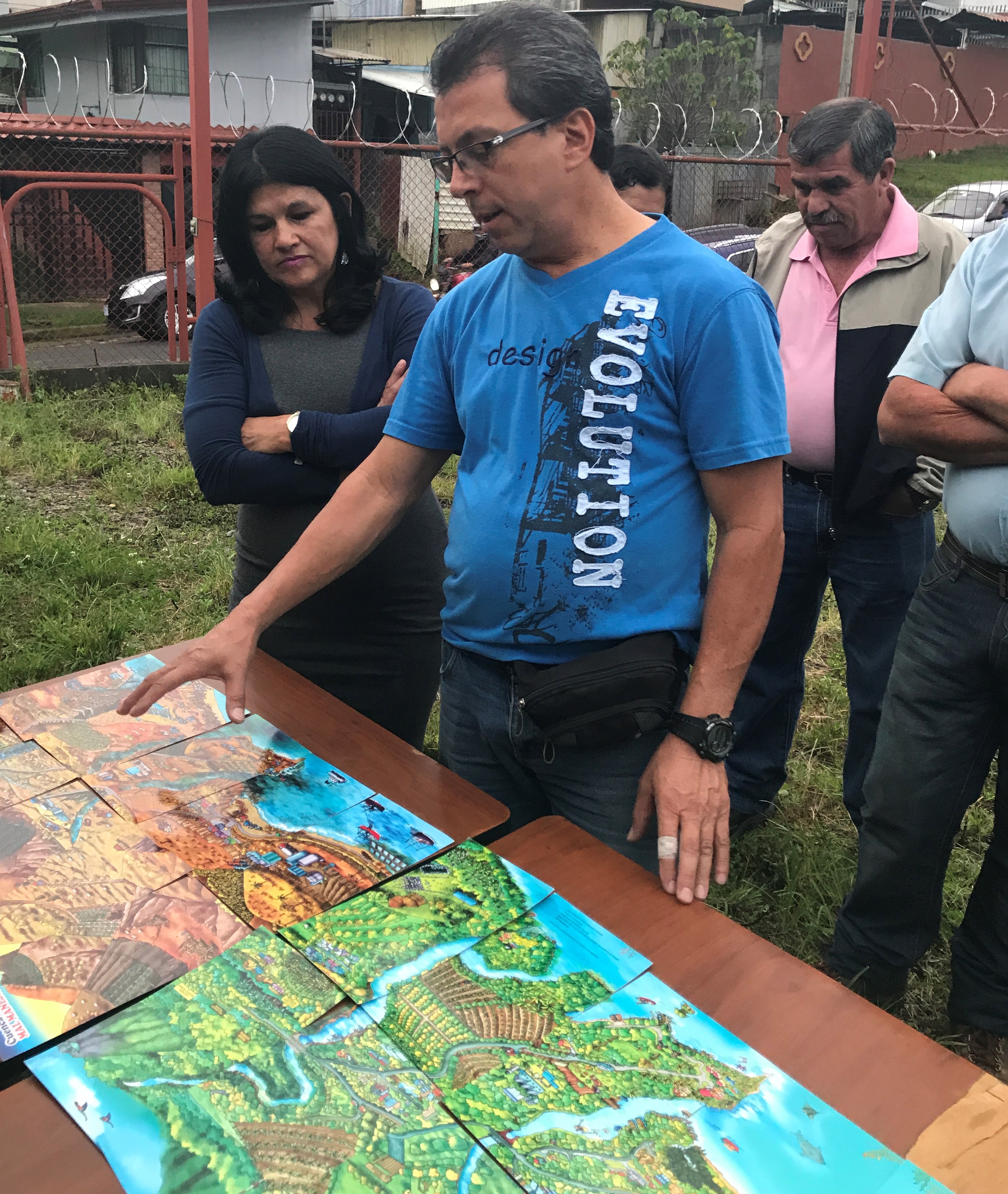Captive reared birds tend to use the same type of nest in which they were raised. Based on this theory, nest boxes were installed along cliffs and a working quarry adjacent to the release site. Ronez, the quarry owners, paid for a UK expert to visit Jersey to help plan, design, and install the boxes.
The first nests, in 2015, were inside quarry buildings, not the boxes. Boxes began to be used as competition for nest sites increased. When two nests failed due to being built on dangerous machinery, staff installed boxes and successfully encouraged the pairs to nest in them, allowing quarry staff to continue operations.
Nesting activity is closely monitored allowing staff to estimate incubation, hatch, and fledge dates based on pair behavior at the supplemental feed and/or from direct nest observations. Chicks are ringed and DNA sexed in the nest where feasible. Alternatively, fledged chicks that visit the supplemental feed site can be trapped in the aviary when called for food, ringed, and immediately released. This option was used in 2020 and 2021 when COVID-19 prevented access to the quarry.
The recently revised Jersey wildlife law gives full protection to chough nests. Staff are now working to increase public awareness and offer nest boxes as mitigation when choughs nest on private property.
